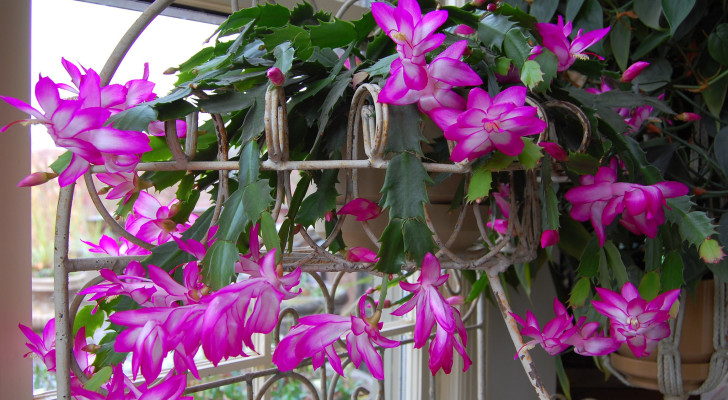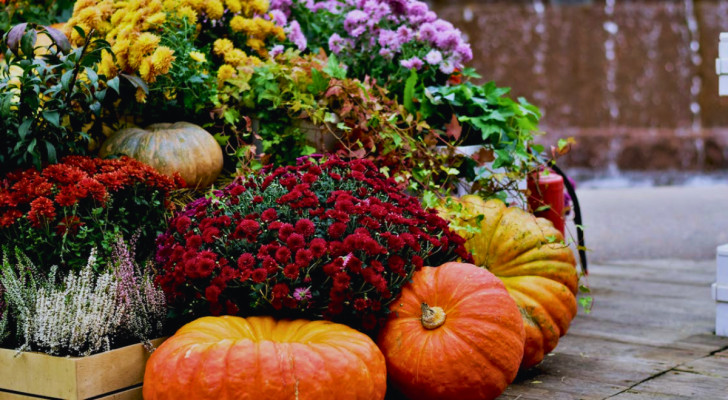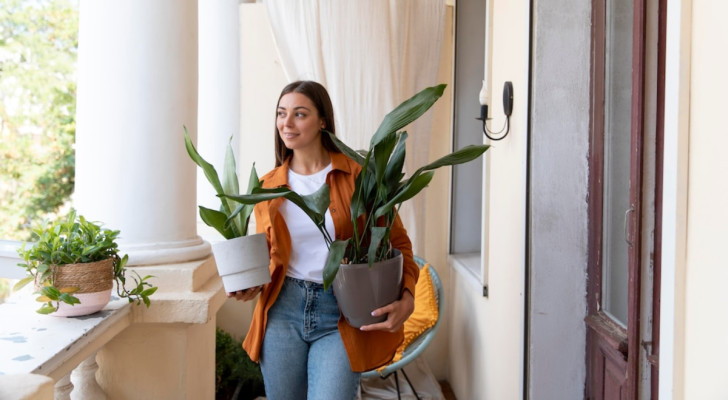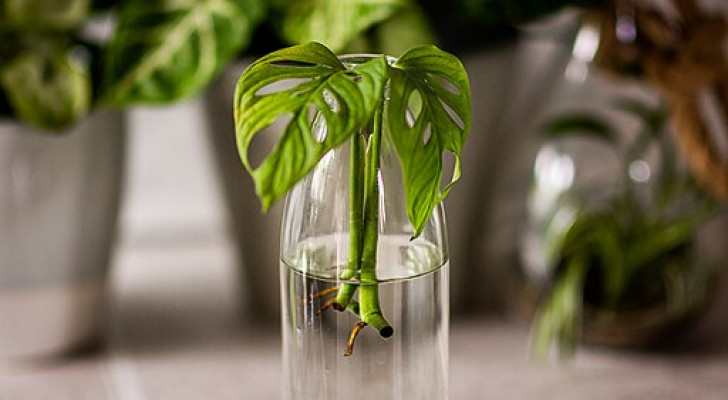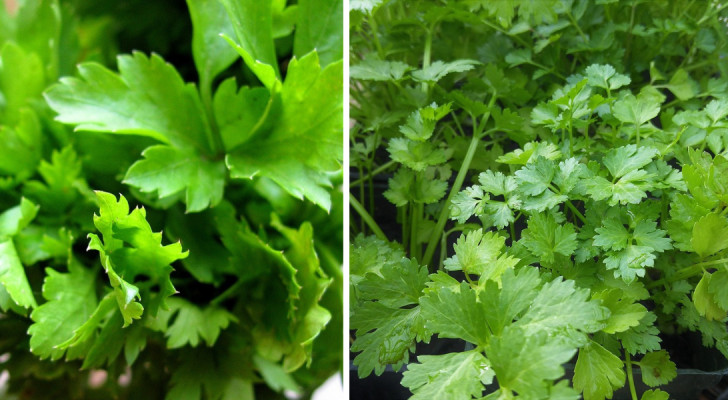The most beautiful, summer flowers to grow in your garden or on your balcony
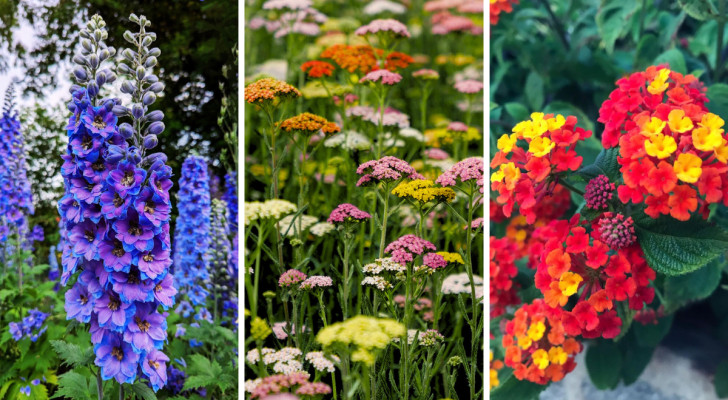
Colorful and vibrant: the flowers in our gardens and on our balconies help brighten up summer days and make spending time outdoors even more rewarding. So what are the most beautiful and popular of these plants and flowers? Well, let's take a look:
Lantana
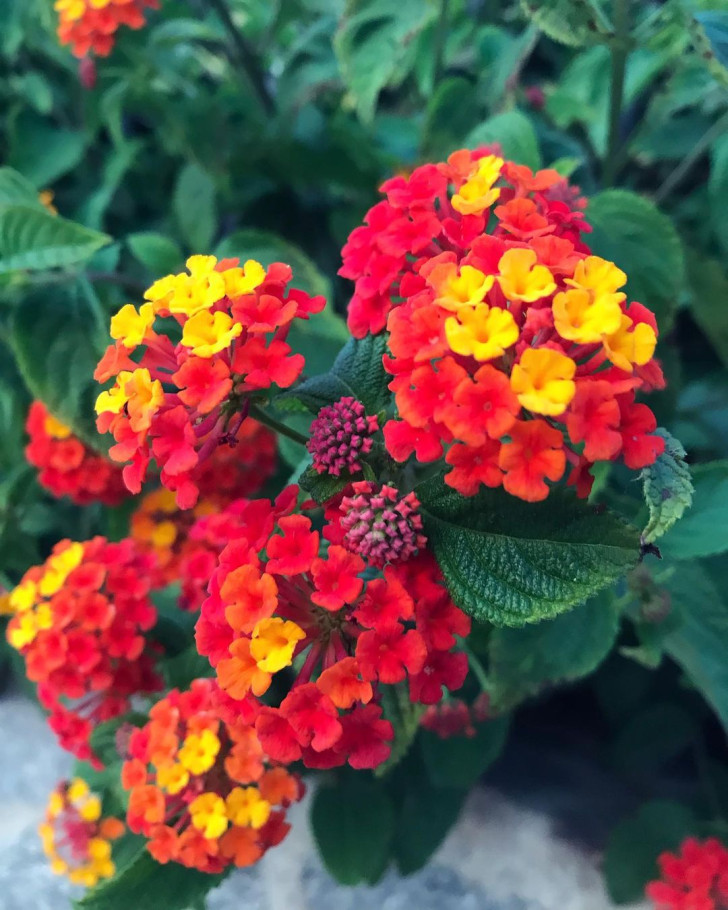
https://www.instagram.com/p/Cl...
Lantana is a shrub that can get to 150-200 centimeters high if planted in open ground or indoors in very large pots. Its tiny, round flowers come in a range of vibrant colors: from yellow to red, to pink and more! Place them in the sunshine and they will thrive and delight!
Ornamental sage (S. greggii)
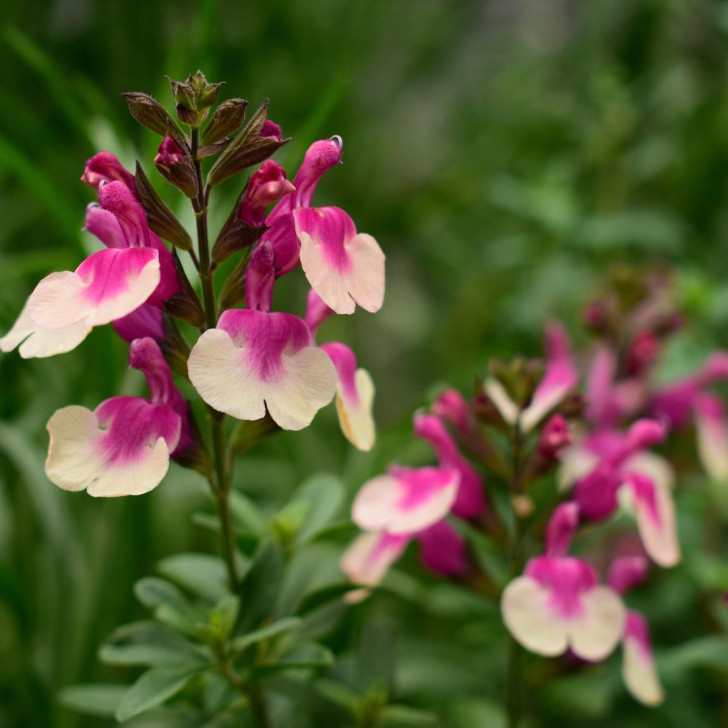
Pollinating insects love salvia greggiii (ornamental sage) flowers with their delicately-scented, long-lasting flowers. This plant is very robust, can survive short periods of drought and requires the minimum of care during the summer. If you have a very sunny spot to fill, consider planting one of the many sage species available. The soil must be well-draining and, if you grow them in pots, check them every 4-7 days in summertime to see if they need watering (and only water when the soil dries out).
If the winters where you live are harsh, it is best to avoid planting sage varieties that have very large flowers: these are typically quite delicate and may not survive an intense cold.
Sunflower (Helianthus annuus L.)
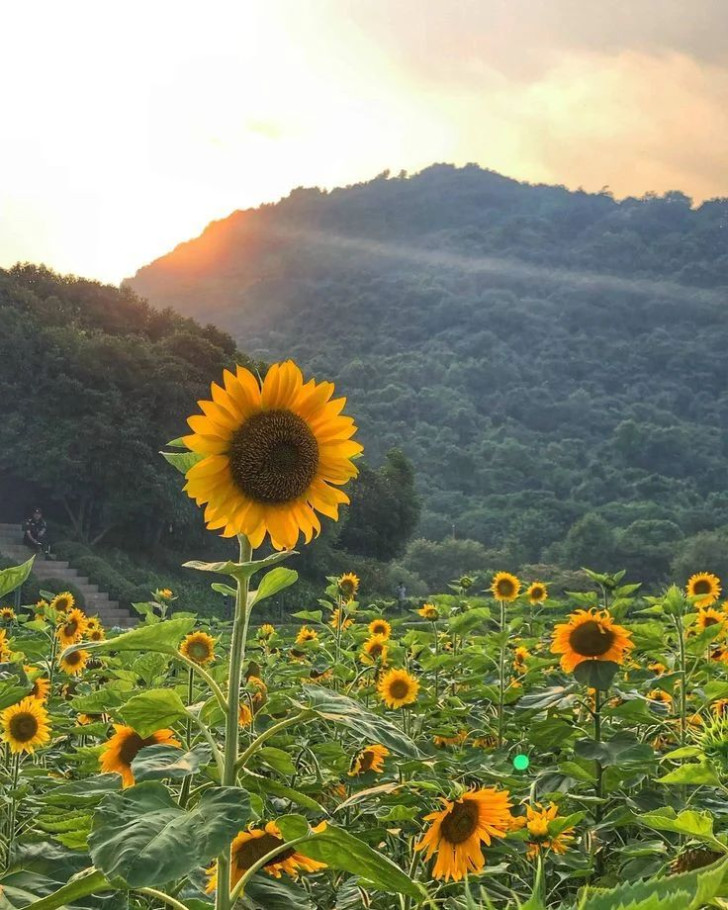
@nuestromundodegirasoles/Instagram
Sunflowers are not just plants that are grown in fields for commercial purposes: they can also look very beautiful in gardens, where it is fun see how they follow the path of the sun. Sunflowers are easily grown from seeds, so don't just throw away the dried coronas at the end of the season: you can take some of the seeds for use next spring (and up until June!) and leave the others in place to feed birds and other animals preparing for winter!
Yarrow (Achillea millefolium)
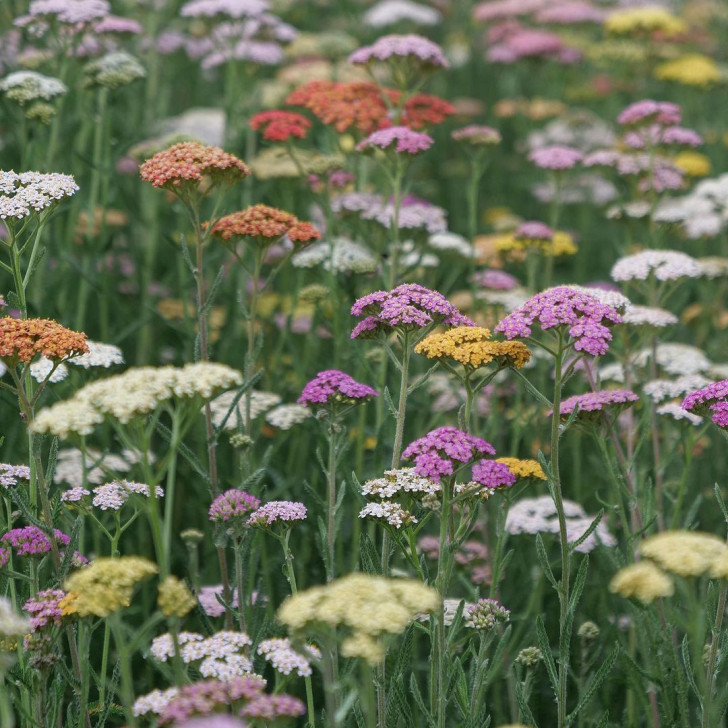
Considered a great repellent of ants and other harmful pests, yarrows are a favorite of pollinating insects. This herbaceous plant is easy to cultivate, can grow in poor soil, tolerates high temperatures and short periods of drought. Yarrows are the perfect plants for those who cannot dedicate too much time to gardening. Yarrow flowers are usually white, but there are also hybridized varieties that have yellow, pink or red flowers!
Foxgloves (Digitalis)

@aintnothinbutplants/Instagram
Foxgloves are not a high-maintance plant: they can grow in both the sunshine and in the shade (although they prefer partial shade during the hottest periods which can damage the flowers). The tubular-shaped flowers grow at the tops of straight stems, in shades of light pink to blue and have beautiful, speckled "throats".
Foxgloves produce a large amount of seeds, which should be planted at the end of winter when there is no longer any risk of frosts. Left to it's own devices, foxgloves can easily propagate themselves with their abundance of seeds!
Delphinium
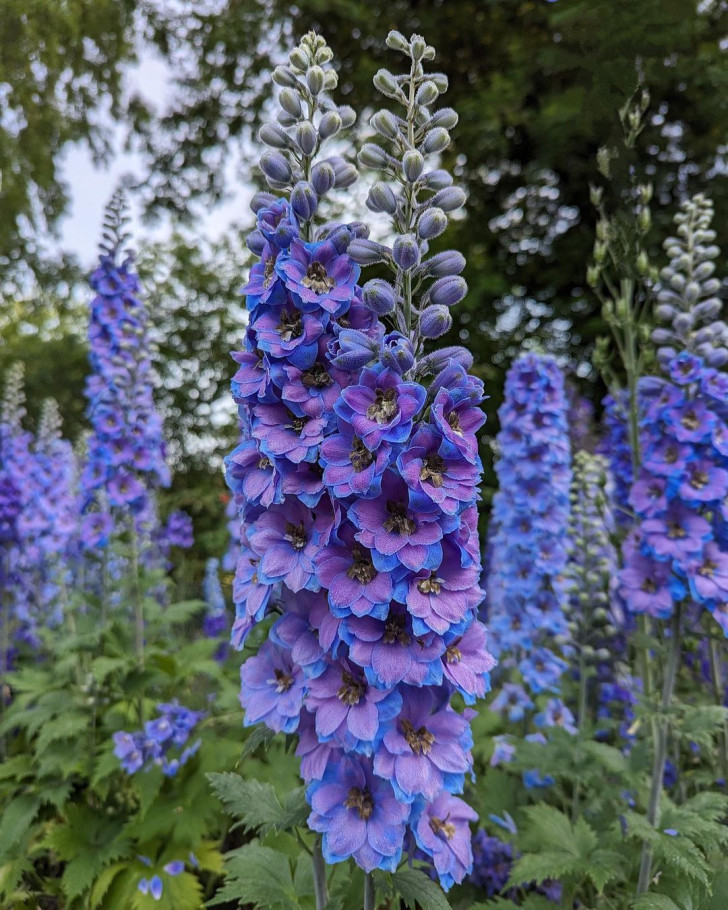
https://www.instagram.com/p/Ct...
Delphiniums produce tall columns of wonderful blue flowers - and sometimes with purple or white centers! In fact, delphiniums can produce pink or white flowers (depending on the hybridized variety you select). A delphinium is a splendid perennial herbaceous plant, which does not tolerate heat very well (and, as a result, in warmer regions it is cultivated as an annual plant).
Delphiniums thrive in sunny positions and need well-draining soil which is rich in organics. This plant usually flowers from mid-spring onwards and is a wonderful harbinger of summer!
Wild lavender (Lavandula stoechas)
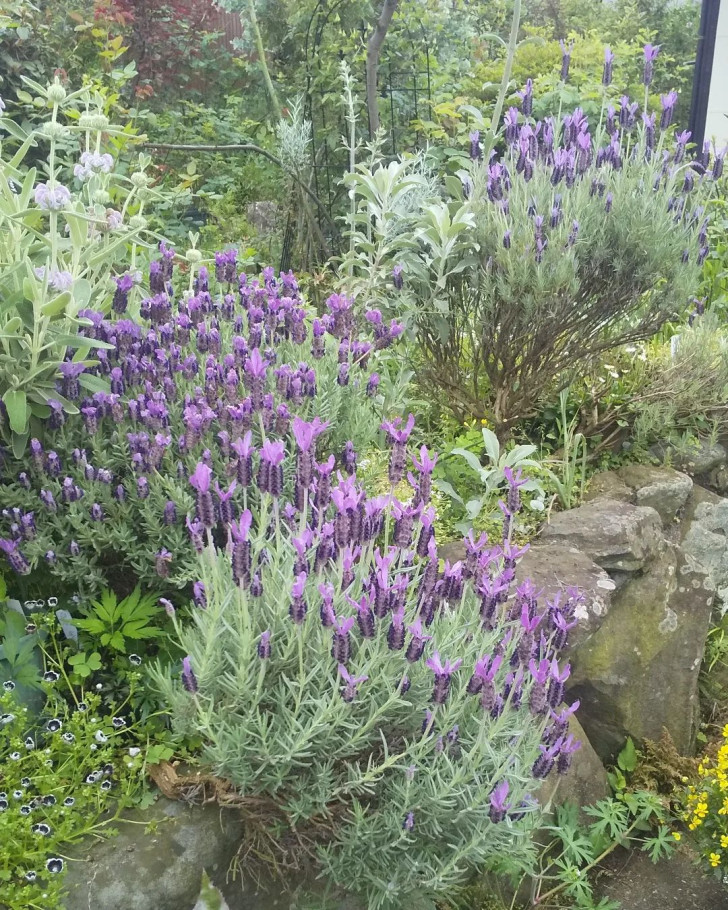
Lavender Stoechas is a variety of lavender with much more showy flowers than the more commonly found lavandula officinalis. Its narrow leaves have a bluish hue, and the flowers appear from the end of spring and last until autumn. Like all lavenders, it perfers well-draining soil. Lavender stoechas can tolerate nutrient-poor soil and should be watered only when the soil is completely dry (and without wetting its branches). It does not grow very tall (to a maximum of about 60 cm), but it can spread extensively: to control this, we recommend pruning this lavender at the end of its blooming phase (and only pruning off the flexible ends of each branch). New plants can be propagated from these cuttings.
Which of these plants would you like to grow at home?
